Embark on a leasing journey with confidence! Picture it as the architectural blueprint that defines the boundaries, responsibilities, and expectations, ensuring a smooth and clear path for both parties. Now, imagine having a toolkit of free lease agreement templates at your fingertips – it’s like having a personalized compass for the leasing adventure. These templates, tailored for various needs, bring convenience to your fingertips. They are the secret sauce that transforms the potentially complex task of drafting a lease into a streamlined and hassle-free experience. Ready to lease happy? Your toolkit of free, user-friendly templates awaits, simplifying the leasing process and setting the stage for a positive and worry-free leasing experience.
Embark on a hassle-free leasing journey with our curated collection of complimentary Fixed-Term Agreement templates formatted in Microsoft Word. We understand that navigating the intricacies of a lease can be daunting, so we’ve crafted these templates to simplify the process for you. Whether you’re a landlord preparing to draft a new lease or a tenant seeking clarity before signing, our toolkit is your go-to resource for clarity and convenience.

Claim your Lease Happy Toolkit today and empower yourself with the tools for seamless leasing! Download your free templates now and stride confidently into your next fixed-term agreement. Your leasing experience just got a whole lot happier!
Introduction: A Fixed-Term Lease, often referred to as a Time-Limited Lease, is a contractual arrangement that establishes a set period during which a tenant has the exclusive right to occupy a property. This lease type contrasts with a month-to-month or periodic lease, providing a predefined timeline for both the landlord and the tenant.
A Fixed-Term Lease is like a carefully orchestrated melody in the realm of real estate agreements, offering a defined rhythm of stability for both landlords and tenants. With its explicit terms, financial predictability, and legal protections, it stands as a structured and reliable framework, contributing to a harmonious leasing experience.
It comprehensively covers essential aspects such as property description, lease commencement and termination dates, maintenance responsibilities, and any specific terms related to the use of the residential space.

This includes stuff like how long the lease lasts, how much rent needs to be paid each month, and other important things that both the landlord and the business need to follow.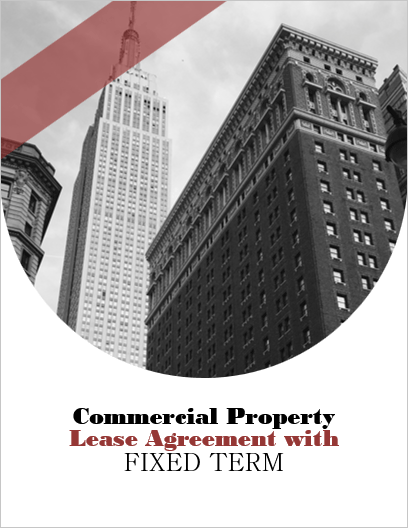
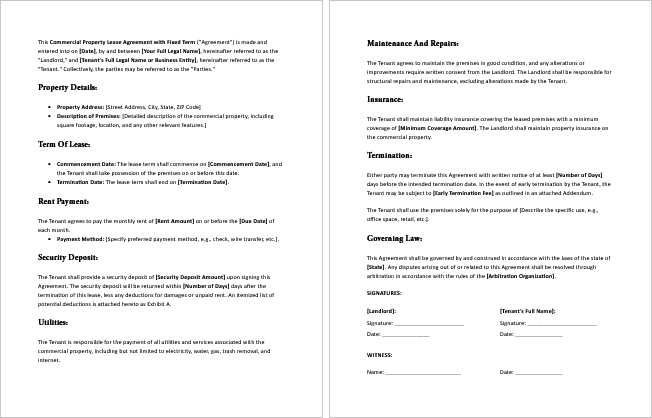
Step into the enchanting world of Fixed-Term Agreements, where every clause is a brushstroke creating a masterpiece of understanding and protection.
It outlines specifics such as the start and end dates of the lease, the total rent amount due for the short-term period, and the preferred method of payment.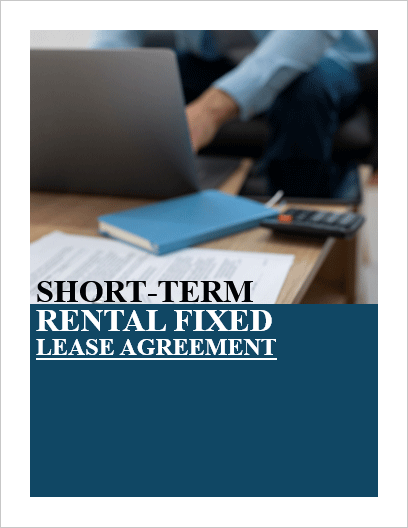
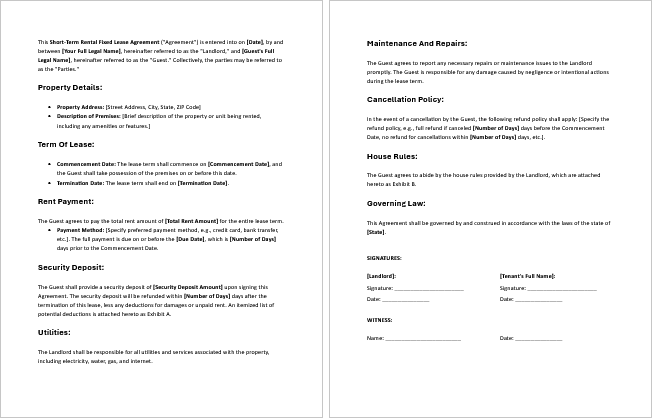
This lease is more than ink on paper; it’s a narrative, ensuring a drama-free and cozy living experience for the tenant throughout the agreed-upon lease period.
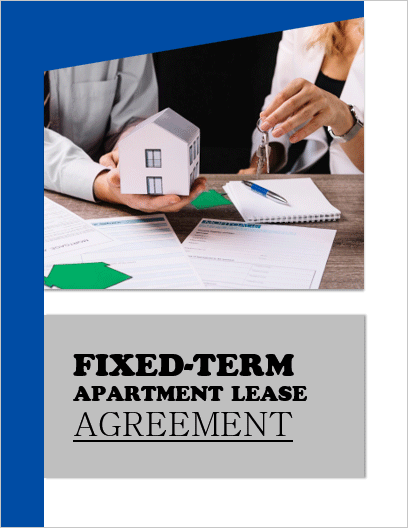
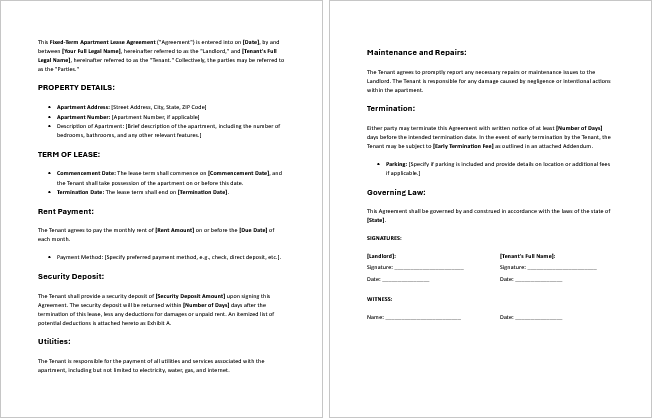
Renewal or Transition Options:
Thorough Review Before Signing:
It elegantly specifies the lease commencement and termination dates, the rhythmic pattern of monthly rent payments, and the preferred payment methods that harmonize this financial duet.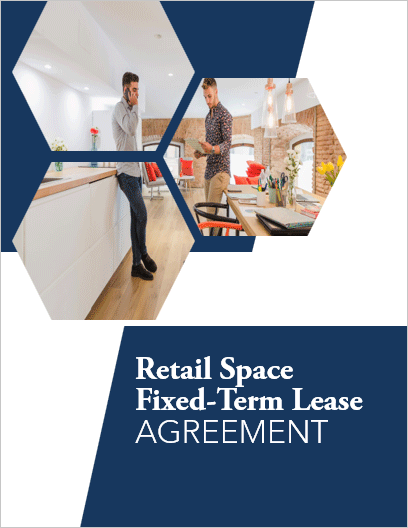
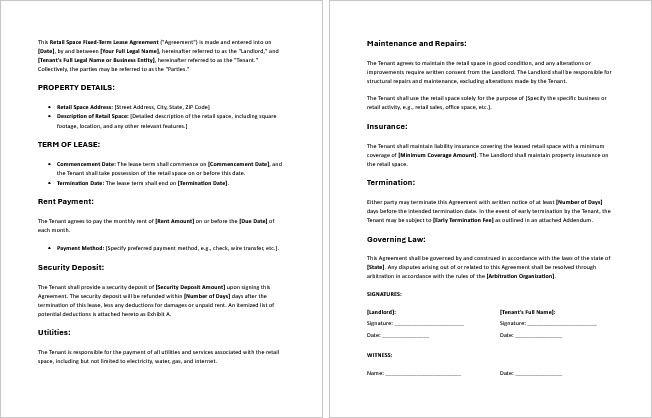
Crafted with finesse, this agreement delineates the temporal boundaries of a holiday escape, with set dates and a rhythmic agreement on the rental tune.
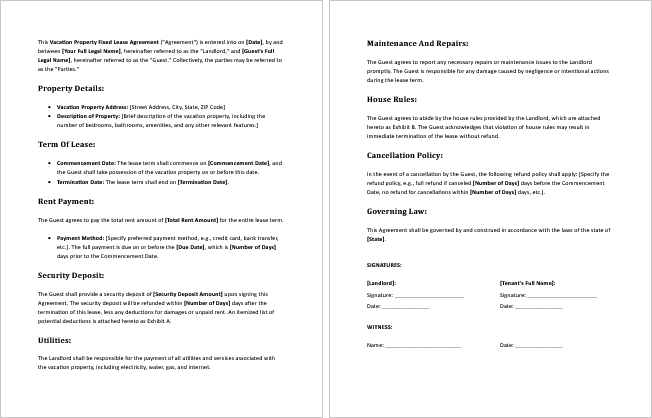
This lease is not just a legal manuscript; it’s a structured canvas where both the landlord and the business tenant can paint a picture of a productive and collaborative workspace, ensuring a cohesive and successful partnership throughout the fixed lease term.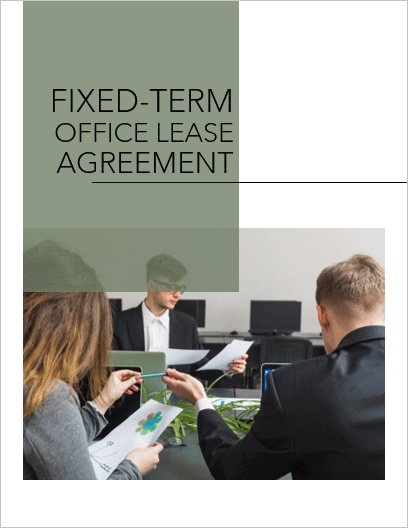
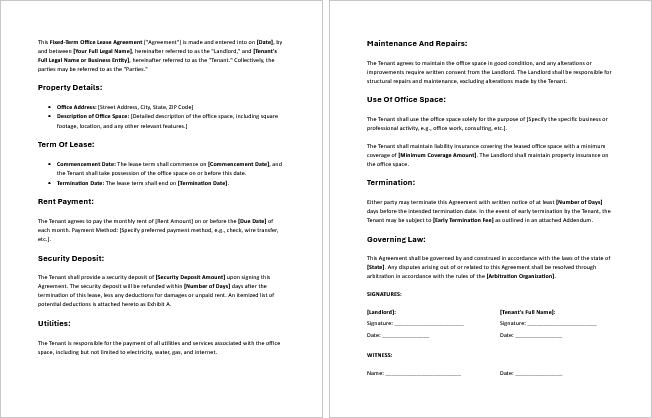
It precisely defines the commencement and termination dates, orchestrating the timeline for monthly lease payments and specifying the preferred financial framework.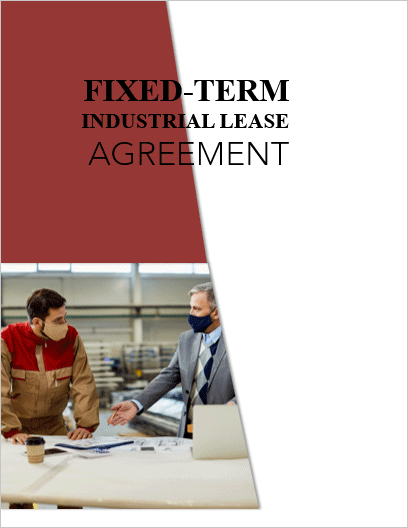

In the symphony of fixed-term leasing, tenants and landlords play different but interconnected roles. These tips aim to harmonize the leasing experience for both parties, ensuring a smooth and mutually beneficial journey.
This comprehensive agreement meticulously defines the terms and conditions surrounding the lease of warehouse facilities for a predetermined duration.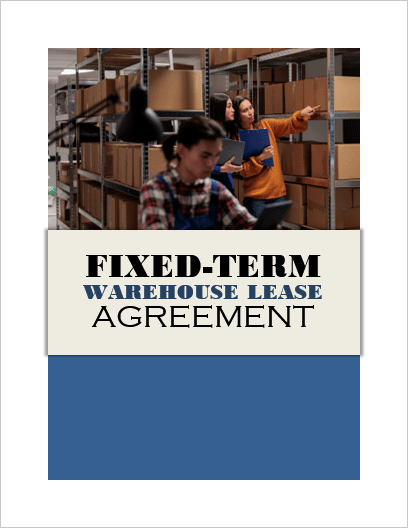
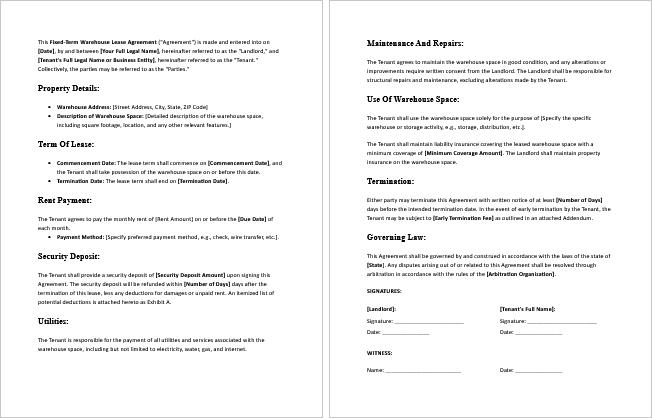
Picture it as a seasonal dance, clearly marking when the partnership begins and when it takes a pause, with the farmer making annual rent payments to the landowner in a rhythm they both can dance to.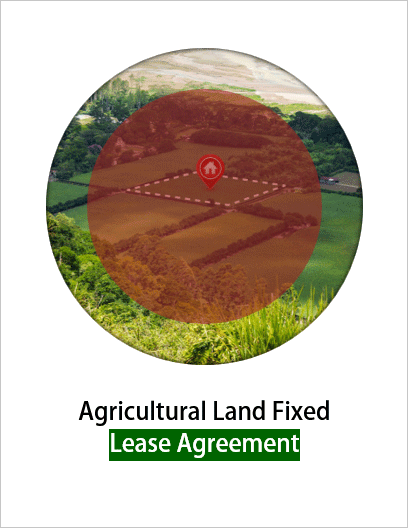
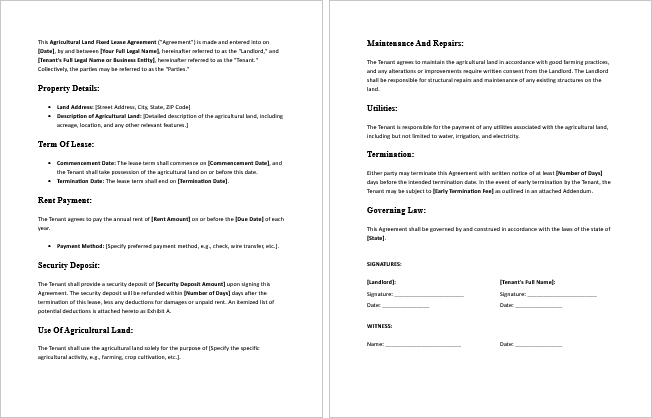
Embarking on a fixed-term lease is akin to setting sail on a predetermined voyage, yet the seas of possibilities are not devoid of islands to explore. Within the confines of this structured arrangement lies the potential for renewal or transition. Picture your lease as a manuscript with chapters awaiting continuation. As the initial term approaches its finale, consider the avenues available – does the narrative extend seamlessly with renewal, or does a new chapter beckon, marked by transition? Unveiling these options empowers the tenant with the flexibility to shape their housing chronicle according to evolving needs.
Before pen meets paper, it’s paramount to engage in a cerebral sojourn through the intricacies of the lease. A thorough review becomes the compass that guides you through the terrain of commitments. This is not merely a legal ritual; it’s a strategic immersion into the terms and conditions. Imagine it as a prelude to a grand orchestral performance; every note, every pause, meticulously examined for harmony. By scrutinizing the contractual symphony, you ensure that each clause aligns with your melody of living. This review is not a mere formality but a vigilant perusal, guarding against discordant surprises that might otherwise disrupt the harmonious tenor of your tenancy.
Beyond the dates and financials, it lays out the roles of both parties, establishing who is responsible for equipment maintenance and any other conditions unique to the leased equipment.

Think of it as a parking permit with dates – marking when the lease starts and when it gracefully concludes.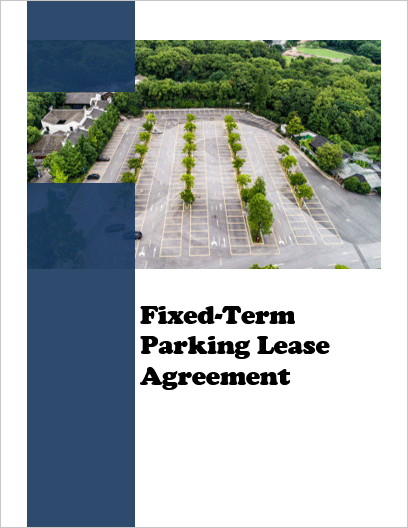
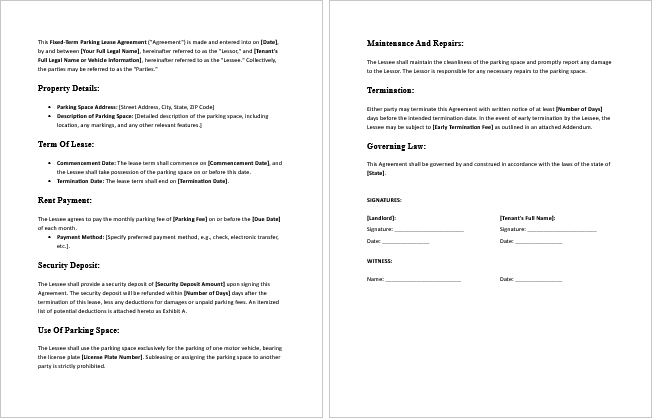
Embark on the Download Odyssey:
Customization Made Simple: